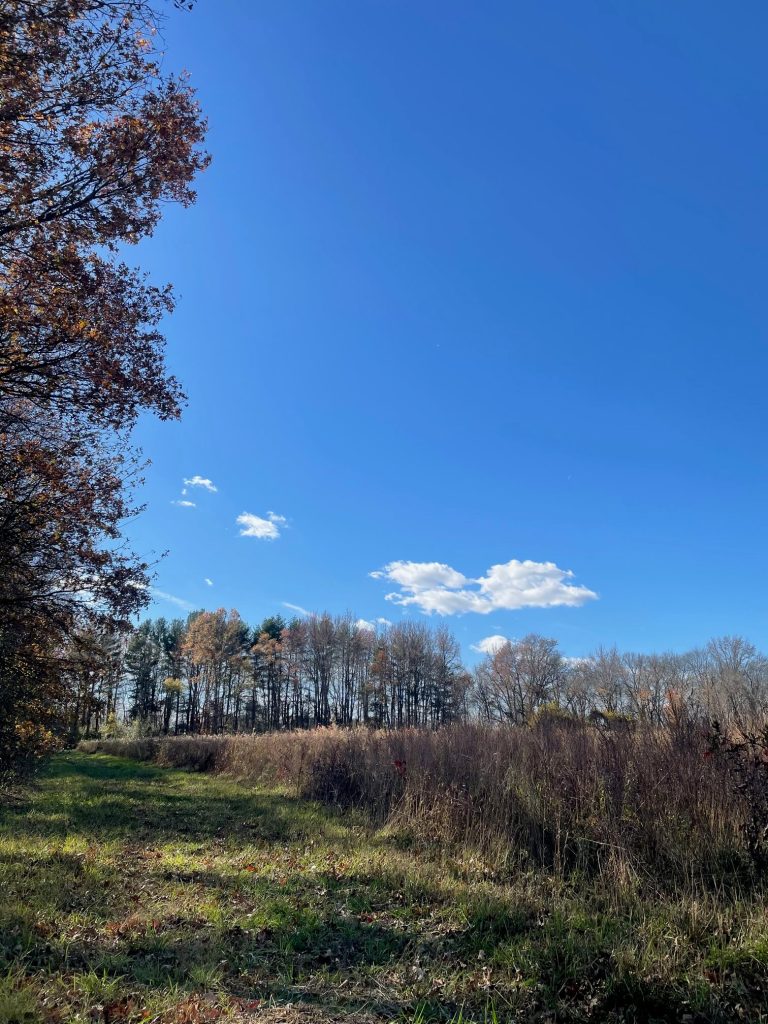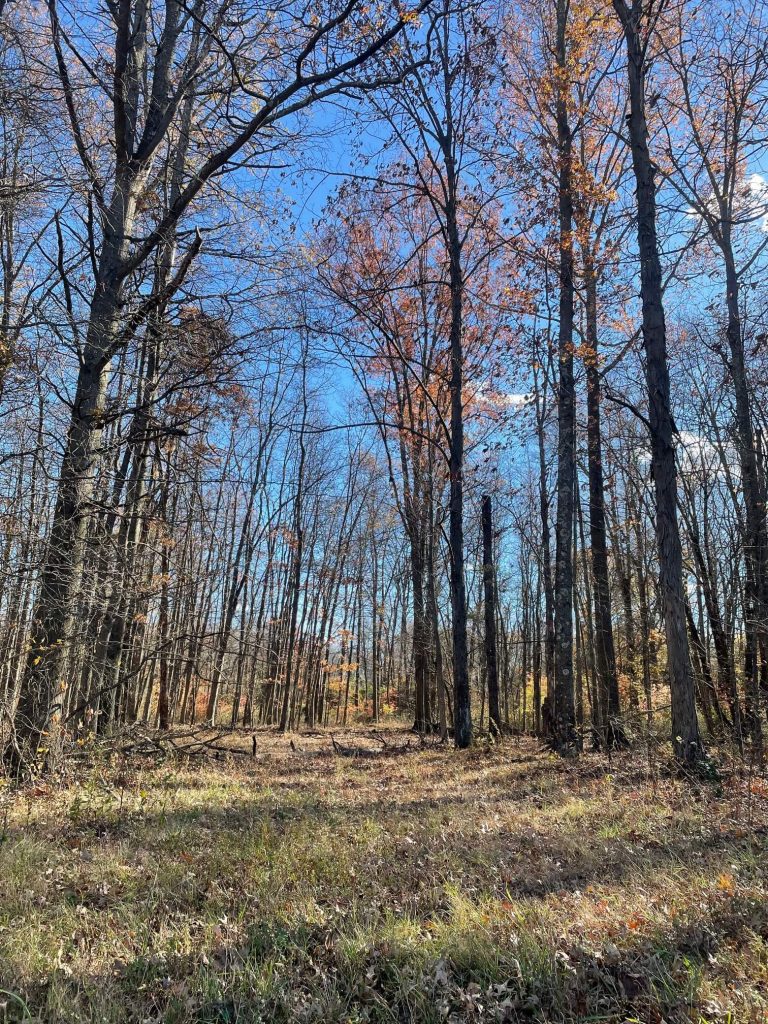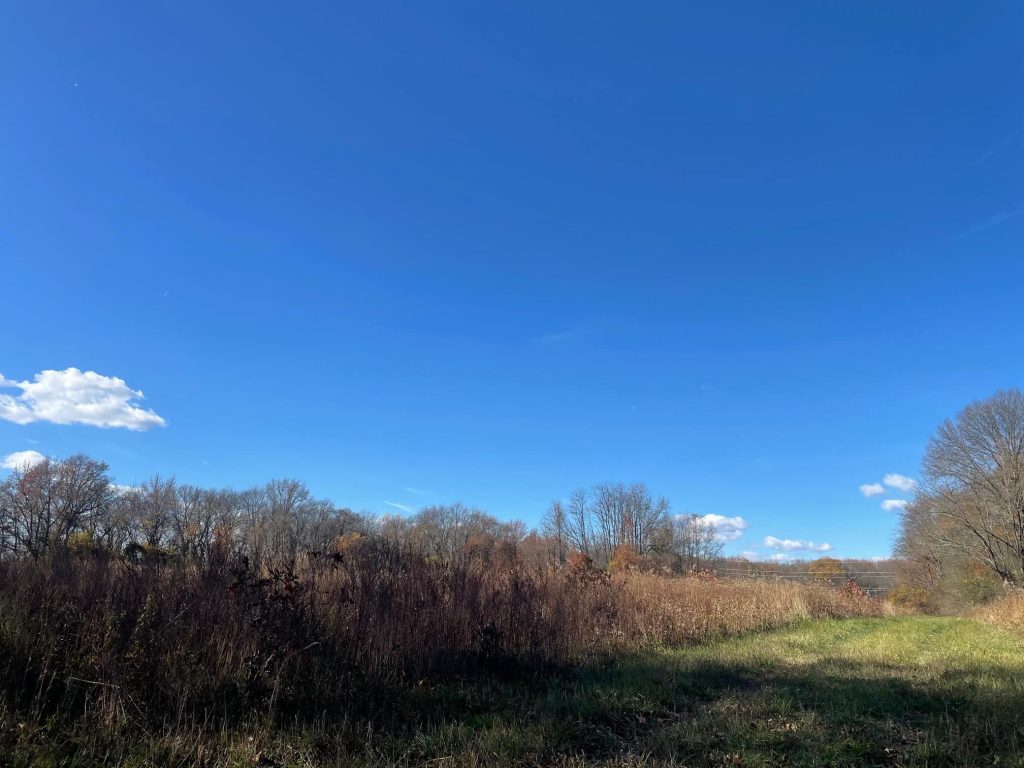
“Learn to draw quick and shoot straight.” ~Theodore Roosevelt
I’m not proud to admit this, but for my state’s pheasant opener this year, I flushed a hen and had a wide open shooting lane; I shot once, then twice, and missed clean on both attempts.
It’s happened, but I don’t pride myself on the number of birds I miss. Surely you’ve been there, even the best shots have, and it’s not fun.
But it gave me occasion to reflect on other birds I’ve missed in the past, as well as those I’ve hit and dropped clean.
Here are a few things my time in the field has taught me.

Take Your Time
When a bird flushes from right under your feet, it seems like time stands still. It also conversely seems like you have an eighth of a second to react.
This paradox is stressful, but I promise you have more time than you think. With a clear shooting lane in front of you, assuming you aren’t in dense cover or the bird won’t be weaving between trees, you have a solid few seconds to make that shot count.
Let the bird rise and choose a path. The good thing about pheasant is that, unlike some gamebirds that corkscrew and change direction, they usually just fly straight away from you if they can. This means you should have at least a few seconds to swing and shoot.
When you shoulder your gun, get your eye on the bird and find your bead. Don’t rush the shot. That is absolutely the main reason I, and other hunters I have talked to, miss the most birds. Take that extra quarter second and make it count.
Don’t Exaggerate the Lead

It’s a very common error to miss behind a bird because you’re pointing your gun straight at it and not following through; stopping short will cause the short string to fall behind or under the bird, and often results in a very clean, very wide miss, and a (presumably) happy bird that sails off into the sunset.
Conversely, exaggerating the lead is an equally big problem. If a bird is crossing, you want to swing through it and pull the trigger when the bead just passes the bird’s beak. Any farther forward, and (except on very long shots) your shot string will almost certainly pass in front of the bird.
For going-away shots, you need even less of a lead. Trace the path of the bird, pull the gun’s bead ever so slightly ahead, and pull the trigger. You should connect.
Just Don’t Take the Shot If You’re Not Comfortable
I’m not sure how else to say this, but there are going to be times when you jump a bird and you just shouldn’t shoot. As uncomfortable as that sounds, and even though you might only get a few chances in an outing, no shot is better than a bad shot. Plus, if you don’t shoot, at least you won’t miss. Besides that, it’s better to abstain than to wound a bird that may just get away.
If you flush a bird and can’t swing on it, or the tree cover is too thick, or the bird flushes and it’s already nearly out of range, pass. It’s not worth the potential fallout of a bad shot.
Don’t Stop Short

Many beginner shotgunners have a bad habit of pointing their shotgun at a moving target, stopping the gun, and pulling the trigger – or pulling the trigger and stopping the gun.
Either way, that will result in a miss behind the target. Both the shot string and the target should be moving together; you are almost invariably going to miss a target if your gun is not moving when you pull the trigger, unless the target is stationary – such as a squirrel sitting on a branch, for instance.
Keep Both Eyes Open
It might make sense to close your non-dominant eye, but all that does is rob you of depth perception and cloud your sight picture.
The fact of the matter is that, with your cheek crunched down on the comb, with your dominant eye looking down the rib past the bead and at the bird, most of the sight picture through that dominant eye is going to be obstructed by the gun itself.
It’s hard to draw a bead when the gun gets in the way; keeping your other eye open will preserve your sight picture through that eye so that, even when the barrel covers the bird, you can still see it through your other eye.
Believe me, it makes a difference. There have been times when I intentionally picked my head up off the stock so I could better see what I was looking at, because the gun was in the eye. Granted, I wouldn’t shoot without a cheekweld, but to reorient myself before taking a shot, it’s sometimes necessary.
Shoot Some Clays
This is far and away the best piece of advice I have. Shooting clays is not just a whole lot of fun, it is the best practice in which you can engage to help you hit more birds. To get good at something you have to do it, and shooting clays is the closest simulation there is to actual wingshooting. On top of that, there are no ethical implications associated with a bad shot on a clay.
Get to the range with a friend and practice all shorts of shots – going away shots, crossing shots, doubles, and everything in between. The more you do it, the better you’ll get at it, and then when the time comes to prove yourself in the field, you’ll have the practice under your belt. All else being the same, the more clays you break in the offseason, the more birds you will hit during the season.
Most Importantly, Spend More Time in the Field
I can’t even tell you the number of hunters I meet that are surprised that I harvest pheasant without a dog. I always tell them: the birds are here, you need to be too. Just being in the field won’t mean you’ll miss fewer birds, but it will mean you have a better chance at flushing more, and that’s preliminary to a shot anyway. Therefore, make spending more time in the field your goal for this year – or next, since we’re already almost at December.
Be safe.
~The Eclectic Outfitter